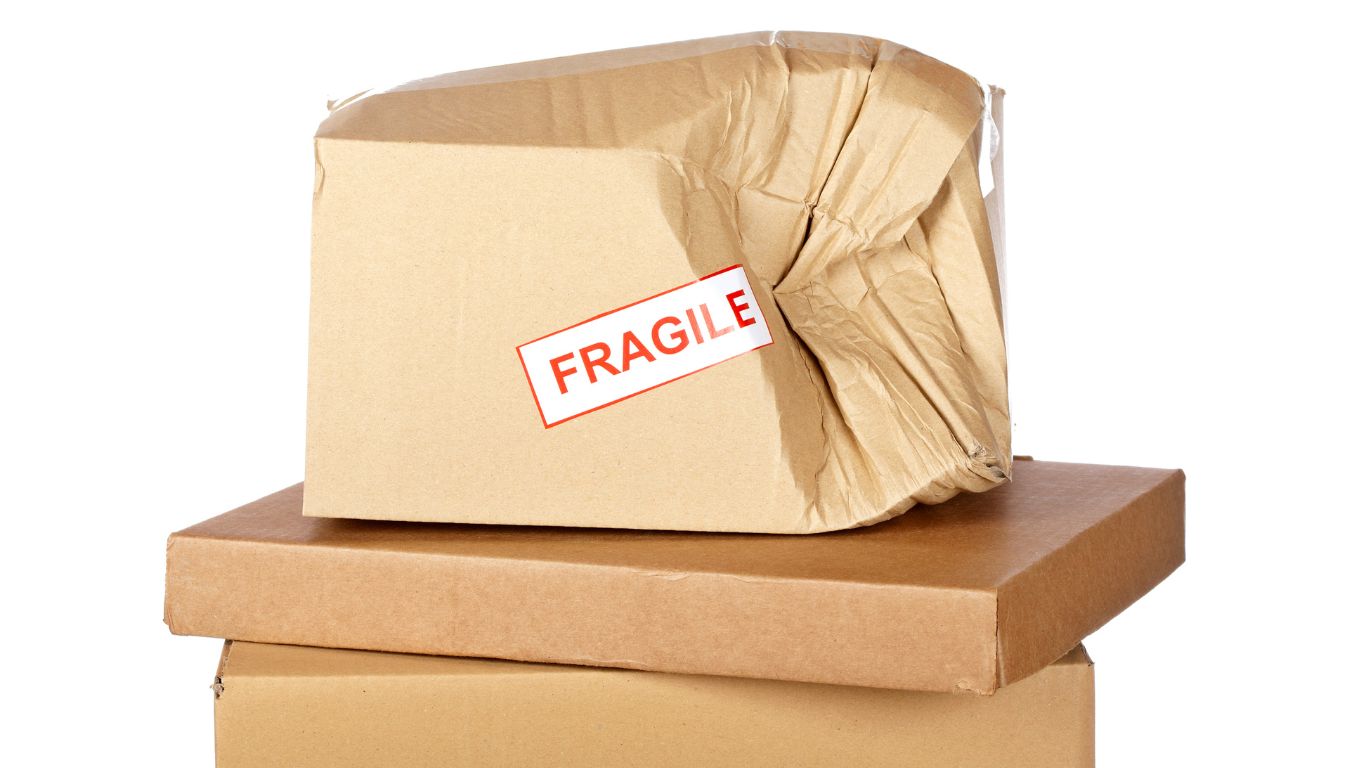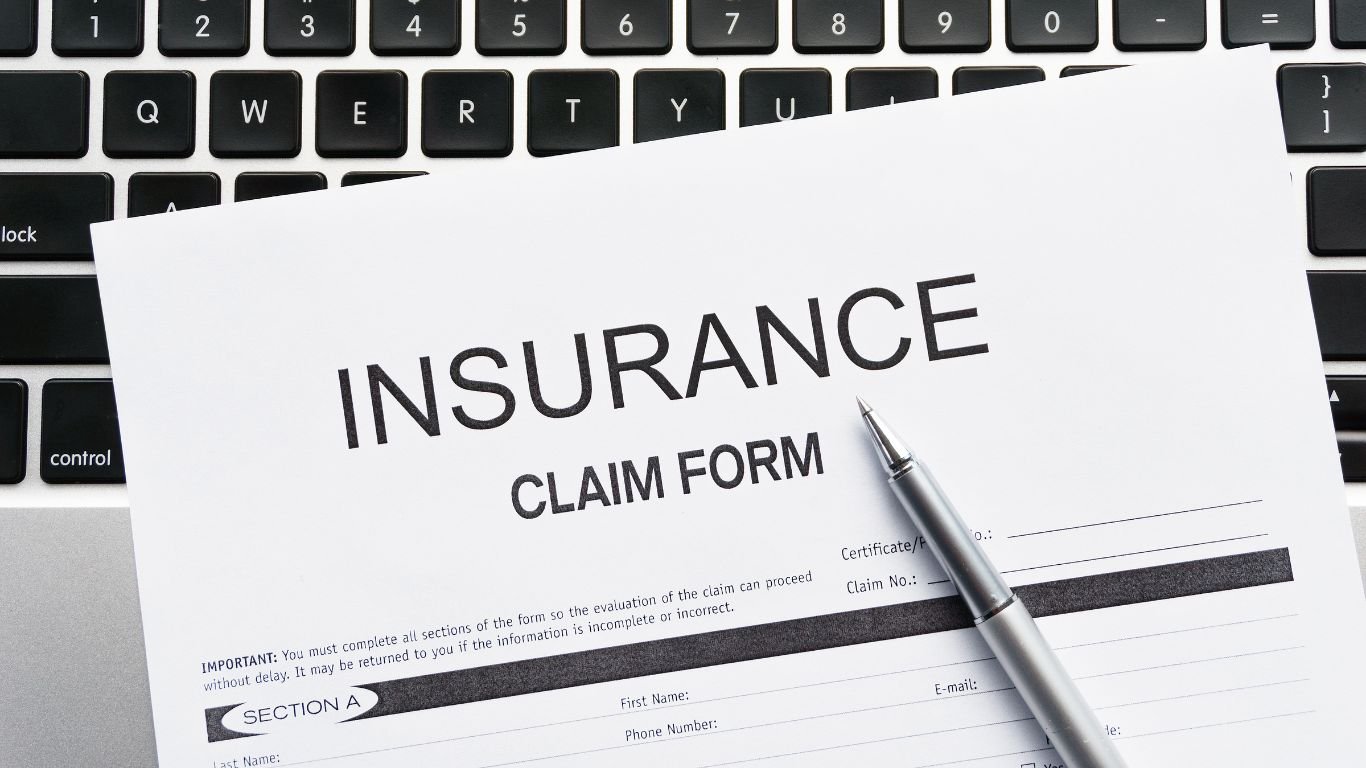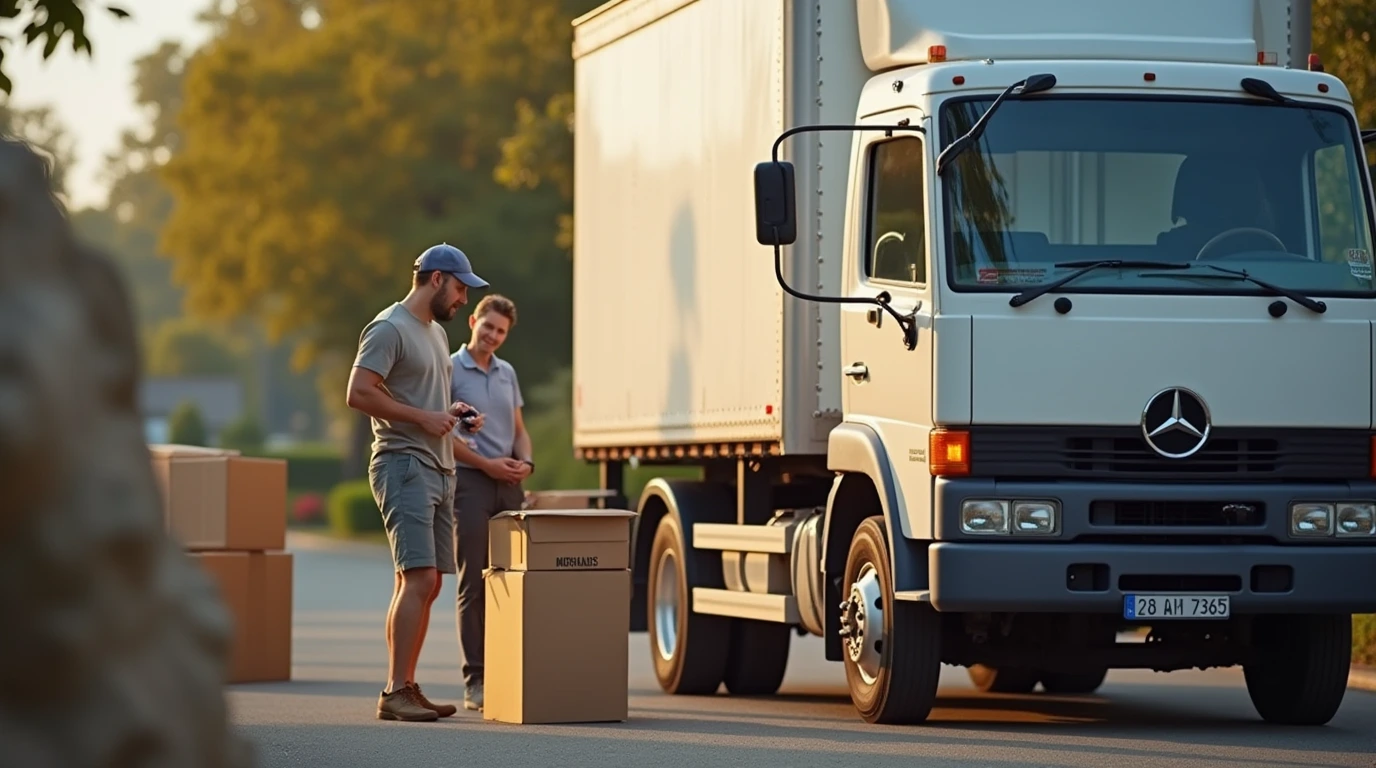Unlock the secrets to successfully filing a claim for damaged belongings during your move with this all-inclusive guide.
No matter the distance of your move, protecting your valuable belongings from accidents is essential. But what if your items get damaged during the process? How can you file a claim for compensation?
Understanding the Importance of Documentation
When it comes to filing a claim for damaged belongings during a move, documentation is key. It is important to have evidence of the condition of your belongings before and after the move. This documentation will help support your claim and ensure that you receive the compensation you deserve.
Before the move, take detailed photographs of your belongings, especially valuable or fragile items. Make sure to capture any existing damage or imperfections. It is also a good idea to create an inventory list of all your belongings, noting their condition. This will serve as a reference point when assessing the damage after the move.
After the move, thoroughly inspect your items for any new damage. Take photographs of any items that have been damaged during the move. It is important to document the extent of the damage and any specific details that may be relevant to your claim. These photographs will serve as evidence of the damage and will be crucial when filing your claim.
In addition to photographs, gather any other relevant documents, such as receipts, invoices, or appraisals, that can help establish the value of your belongings. This documentation will support your claim and ensure that you are compensated appropriately.
What to Do if There is Damage Associated With Moving
Dealing with damaged or broken items after a move can be a frustrating experience, but there are effective steps you can take to resolve the situation. Here’s a comprehensive step-by-step guide on what to do if you find yourself with damaged belongings after moving:

Step 1: Assess the Damage
The first step in filing an insurance claim for damaged belongings during a move is to assess the damage. Take the time to carefully inspect each item and determine the extent of the damage. Note any visible signs of damage, such as scratches, dents, or broken parts.
It is important to differentiate between pre-existing damage and damage that occurred during the move. Refer to the documentation you created before the move to compare the condition of your belongings. This will help you establish the extent of the damage caused by the move.
If you discover any hidden damage that is not immediately visible, such as internal damage to furniture or electronics, make sure to document it as well. Take photographs and make detailed notes about the damage. This information will be necessary when filing your claim.
Step 2: Gather Evidence
Once you have assessed the movers damage, it is important to gather evidence to support your claim. In addition to the photographs you took during the assessment, gather any other relevant evidence that can help establish the cause and extent of the damage.
If there were any witnesses to the move or individuals who helped with the packing and unpacking process, ask them to provide statements or testimonies about the condition of your belongings before and after the move. Their statements can serve as additional evidence to support your claim.
Keep any receipts or invoices related to the move, as well as any repair estimates or appraisals for damaged items. These documents will help establish the value of your belongings and the cost of repairing or replacing them.
It is also a good idea to review your moving contract or insurance policy to understand your rights and coverage. This will help you navigate the claims process and ensure that you are aware of any deadlines or requirements.
Step 3: Contact the Moving Company
Once you have gathered all the necessary evidence, it is time to contact the moving company. Reach out to their customer service department or claims department to report the damage and initiate the claims process.
Provide them with all the relevant information about your move, including the date, origin, and destination. Describe the damage in detail and provide supporting evidence, such as photographs and documents. Be sure to keep copies of all correspondence with the moving company for your records.
The interstate movers may require additional documentation or information to process your claim. Cooperate with their requests and provide any additional evidence or details they need. It is important to be proactive and responsive throughout the claims process to ensure a smooth resolution.

Step 4: File the Claim
After contacting your professional movers, they will provide you with the necessary forms or instructions to file the claim. Follow their instructions carefully and complete all the required paperwork accurately.
Include all the evidence you have gathered, such as photographs, statements, receipts, and invoices, with your claim. Make sure to provide a detailed description of the damage and the value of the items that have been damaged.
Keep copies of all the documents you submit and any additional correspondence with your team of movers. This will help you keep track of the progress of your claim and serve as evidence if any disputes arise.
Submit the claim within the designated timeframe specified by the moving company or your insurance policy. Failing to file a moving insurance claim on time may result in a denial or delay in the resolution of your claim.
Step 5: Follow Up and Review
Once you have filed the moving claim, it is important to follow up with your cross country movers to ensure that your claim is being processed. Keep a record of all your interactions with the moving company, including dates, names of representatives you spoke with, and any updates or resolutions provided.
If there are any delays or issues with your claim, be persistent in following up and seeking a resolution. If necessary, escalate the matter to a higher level within the moving company or seek legal advice.
Once your claim has been reviewed and processed, carefully review the resolution provided by the local moving company. If you are satisfied with the outcome, accept the compensation offered. If you believe that the compensation is insufficient or the resolution is unfair, consider disputing the decision or seeking legal assistance.
Remember, filing a claim for damaged belongings during a move can be a complex process. It is important to be organized, thorough, and proactive throughout the entire process. By following these steps and advocating for your rights, you can increase your chances of receiving fair compensation for your damaged belongings.



